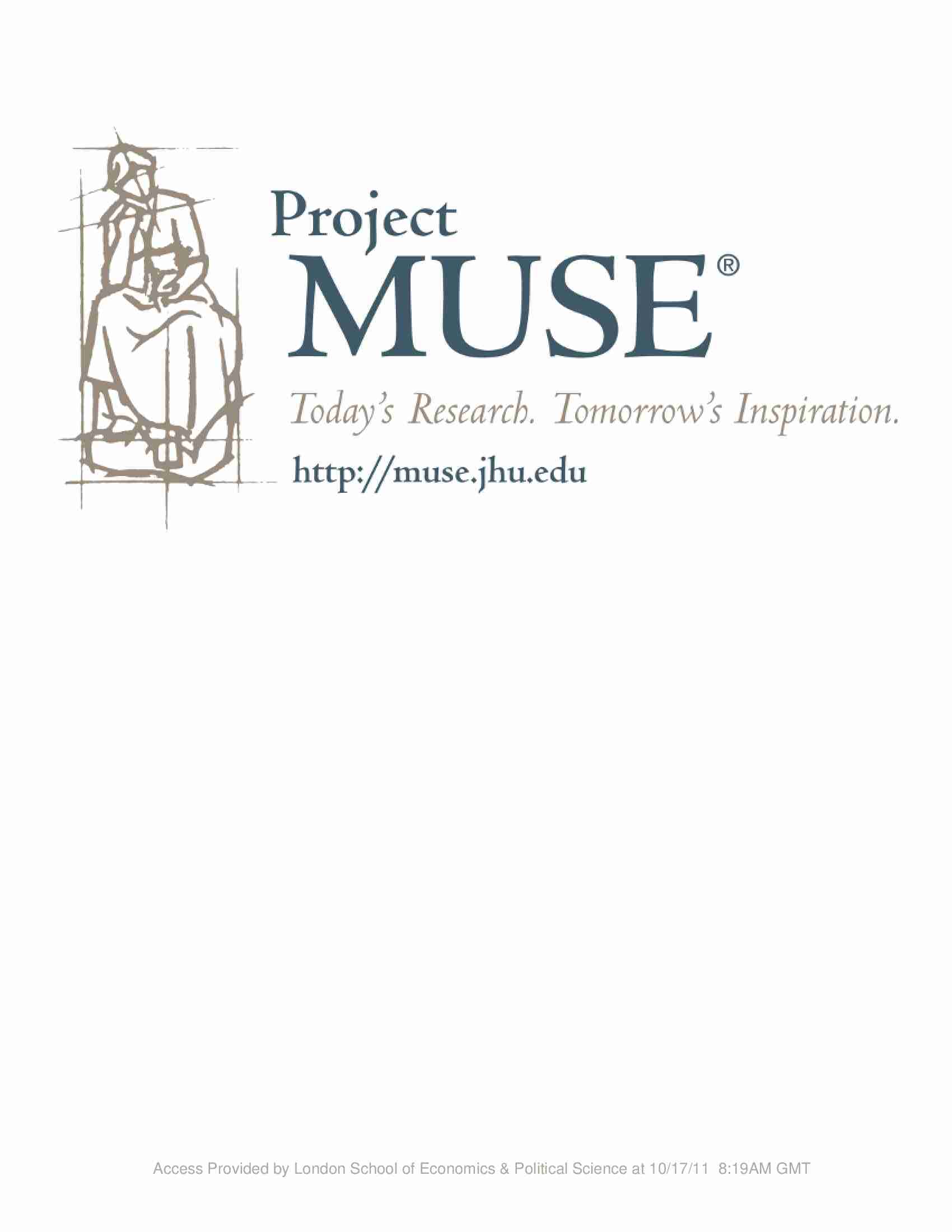Informal Economies and Urban Governance in Nigeria: Popular Empowerment or Political Exclusion?African Studies Review
Abstract:
This article examines the influence that business associations in three Nigerian industrial clusters have on urban governance. All the associations studied are business owners associations that provide a range of basic services such as dispute resolution, night guards within the cluster, and basic social welfare assistance. In the Aba shoe cluster, there are six associations that come together under an umbrella organization to negotiate with the government. Their relations with the government are characterized by a tendency toward collusion and kickbacks rather than economic demands and representation of member interests. This has led to disillusionment and mistrust among the rank and file of shoe producers. In the Aba garment cluster, the association has attempted to develop formal channels for engaging with the state. Part of this strategy was forging links with the Nigerian Association of Small-Scale Industrialists (NASSI), and assisting firms to register formally. However, the association’s influence was relatively small, and the aims of the leaders did not match with the needs of the rank and file members, due to the large income gap between the leadership and the members. The association fell apart in 2007. The Ilorin weaving cluster is dominated by a weavers’ guild, dating back to pre-colonial times. This association has been limited to cliental relations with the state in the form of tax exemptions and hand-outs to the leadership. A newer association has been formed that aims to solicit enterprise assistance from federal government. However, the association has had little success or influence. The article calls for increased attention to not only creating associations that can bring people in the informal economy into negotiations with the government, but also into empowering those associations to make effective claims on government, and to creating sustainable platforms for representation.
View list of all: Journal Articles

